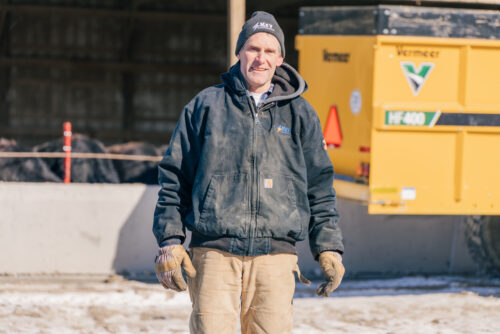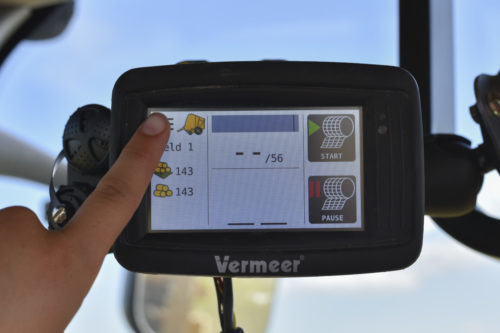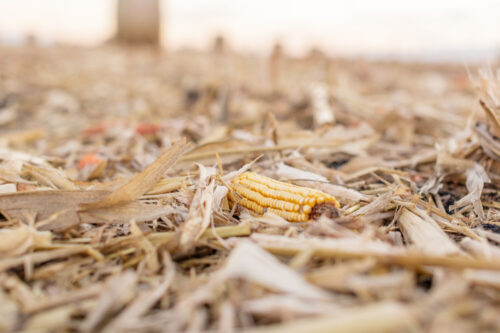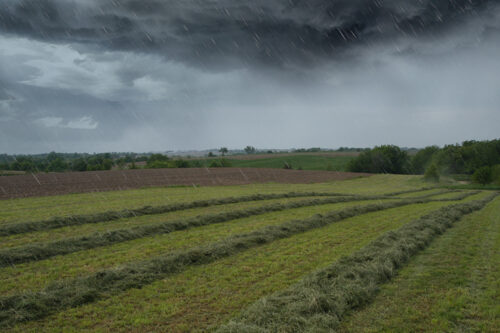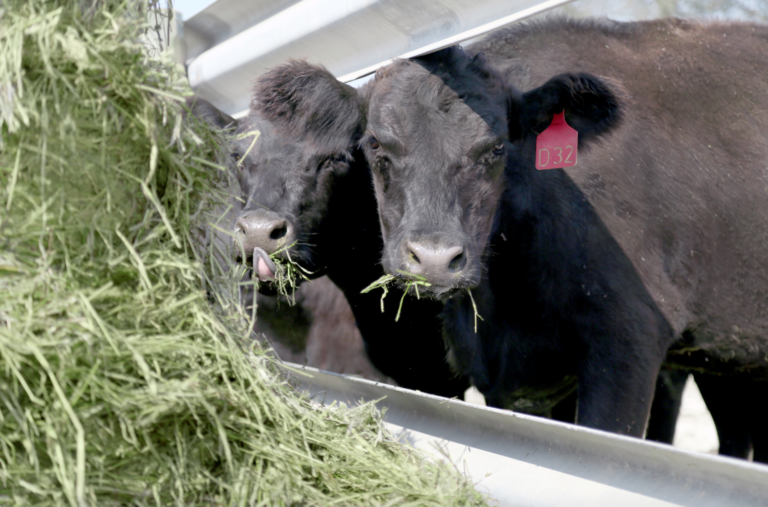
More Bale for Your Buck? How Pre-Cutting Can Lead to Cost Savings
November 2017
Are you thinking about purchasing a hay baler that includes a pre-cutting system? Experts like the University of Wisconsin Forage Agronomist Dr. Dan Undersander say — if you’re not considering it, you should be. Despite the initial cost comparison of the investment the many advantages found with a pre-cutting system can pay off in the long run.
How Does a Pre-cutting System Work?
Balers with pre-cutting systems use knives to cut the forage before it forms into a bale. This is done with a rotor placed behind the pickup pulling the crop over a set of knives and into the bale chamber.
“Certainly (pre-cutting) makes the baler a little bit more expensive and it requires a little bit more fuel during the baling process, but I think the data would indicate that pre-cutting is very beneficial both to the person making the bales and to the person feeding the bales,” Undersander said.
According to Undersander, by cutting hay into smaller pieces, a denser bale can be created resulting in more tonnage. Using a pre-cutting system also allows operators to store more hay in the same amount of space because they’re adding more hay to a bale of the same size. This is especially helpful when transporting bales from one area to another, as operators are able to haul more tonnage per load.
“(Increased density) also gives the bale a sturdier form, so if you stack them they stay more round with better transportability,” Undersander said.
The same idea holds true when evaluating bale packaging costs. If producers can package more forage in each bale, they can use less netwrap and plastic. A denser bale, although containing more hay, will not require more wrapping materials or time to prepare.
“If we can get even 10 percent more forage in the bale, it means then that we are using less plastic to wrap,” Undersander said.
Does a Pre-cut Bale Really Feed Better?
If you ask Undersander about the additional benefits of a pre-cutting system, he will immediately point out that pre-cut forage is not only beneficial for the operators and livestock producers, but more importantly the livestock eating the forage. After all, just as Undersander says, cattle eat pounds, not bales.
“Pre-cutting is really beneficial to those producers that are feeding the bales,” Undersander said. “If you’re in a dairy situation and you’re using a total mixed ration (TMR), the pre-cut bales break apart much easier, so it’s easier to make your TMR mix with a pre-cut bale than with one that has long forage in it.”
While producers are enjoying the time and energy they’re saving by not having to put out as many bales into the field, feed efficiencies are also seen every time the cow reaches for its next bite. Any farmer can relate to the frustration of seeing a cow take a bite from the bale ring and watching the hay from the sides of their mouth fall to the ground — never to be touched again. Undersander says pre-cut material can prevent some of this waste.
“If you put a bale into a bunk to be fed, a cow will go up to the bale, backup and chew, dropping off a portion on either side of its face before swallowing what it had in its mouth,” Undersander said. “If you have the forage pre-cut into a 4-inch length, the animal consumes a larger portion of that forage and drops less outside the bunk — that’s an improved feed efficiency.”
Pre-cut forage allows cattle to consume 4- to 6-inch bites, which can lead to less chewing time, increased consumption and ultimately, less wasted hay. According to Undersander in studies he has seen a 10 percent improvement in animal performance and weight gain as a result of feeding cattle pre-cut hay.
“With hay now at $100 or more per ton, it’s worth a lot more than it was years ago,” Undersander said. “Plus, with the high value of beef cattle — at this point, if we can put 10 percent more gain on those animals, that’s worth quite a bit to the owner and operator.”
A Worthwhile Investment
While balers with pre-cutting systems can cost more than traditional baler models, it’s easy to see how this can be money well spent. From a reduction in forage costs to improved feed efficiencies and the added conveniences found with increased densities — forage producers and cow operations alike should consider looking at the underlying value of the pre-cut bale before making a decision based solely on machinery cost.
Sources Cited:
https://makinhay.dvlpsite.com/advantages-of-balers-equipped-with-a-pre-cutting-system/


